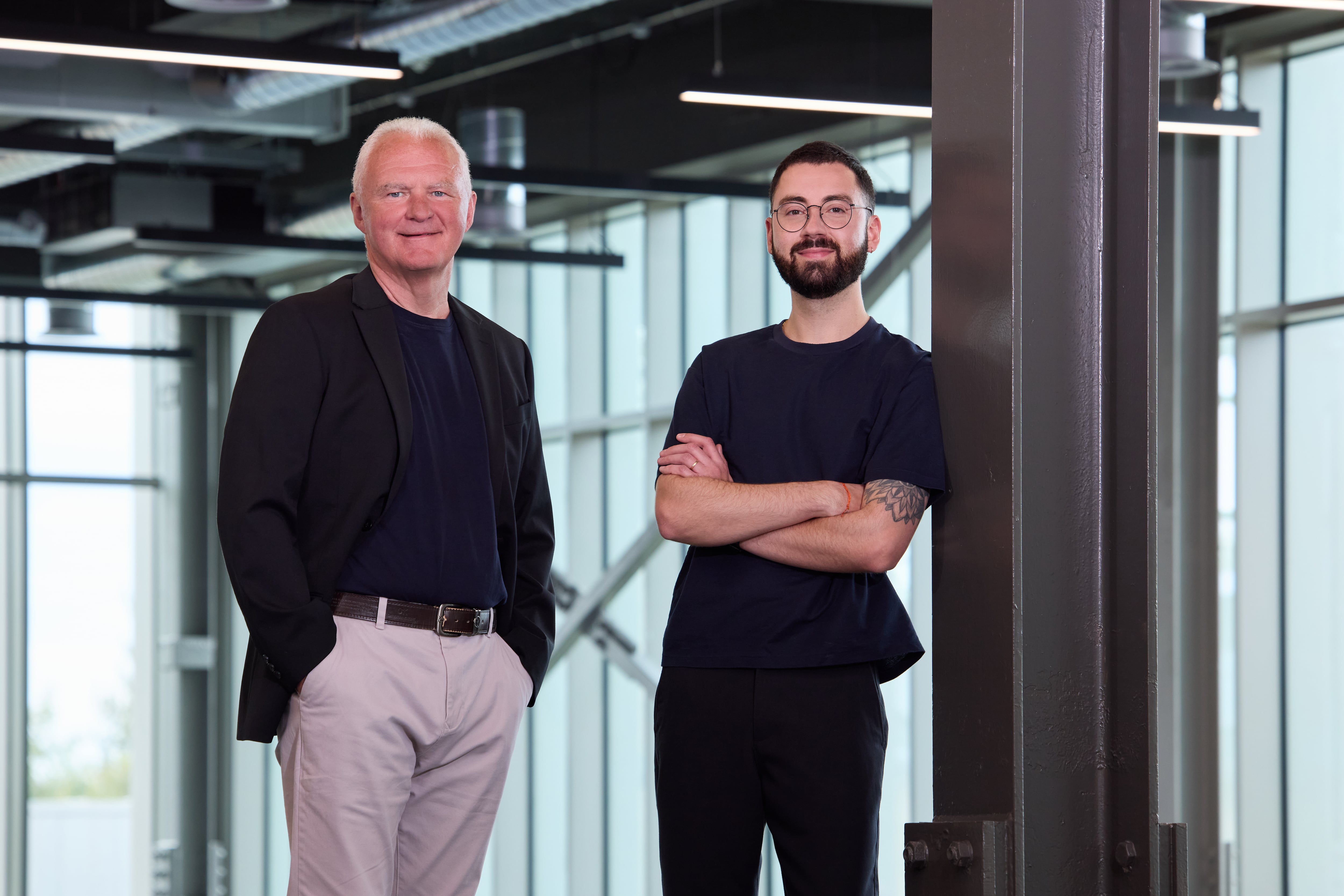Since 2013, Monsanto’s $1 billion acquisition of Climate Corporation has spelt a high-water mark for the venture capital arms of major ag-chemical companies. The deal created an unparalleled fervour across the agtech industry, helped boost investment exponentially across the sector, and even perhaps played a role in Bayer’s eventual acquisition of Monsanto five years later.
But these are now choppier waters for corporate VCs (CVCs), marked clearly by FMC’s decision to strip back its operation in January. Across the board, money is drying up and exits becoming harder to come by with some outsiders arguing a lack of courage has bedevilled the sector ever since Bayer hoovered up Monsanto eight years ago.
It has left some asking the question: are CVCs getting held back by their motherships? Or simply facing the same issues as the rest of the sector?
For Michael Lee, the managing director of Syngenta‘s venture capital arm, there’s an element of both. Yes, there’s an issue among the big ag-chems, Lee says, in part because of issues on their balance sheets. Bayer-Monsanto, for example, is in trouble with glyphosate rules, BASF is spinning out its ag-chem business, while Syngenta has arguably too much debt and is paying around $2bn in interest payments alone, he explains.
But the bigger issue behind CVCs spending less money is nothing to do with the companies themselves, but commodity prices. “If you look at the data, you know what drives exits?” he asks. “The main thing is corn prices.”
Aquisitions and corn prices
When Monsanto bought Climate Corporation for example, corn prices were unusually high at over $6 a bushel. This gave farmers extra cash to go the extra mile and try out some new technologies.
Over $6 is a rarity – only happening about 20% of the time – yet is the greatest determiner of exits this industry has, Lee explains. “On the best data I can get, m&a values in terms of the deal rate or $ spend rate are 10-times higher when the corn price is above $7 a bushel.”
The problem therefore for any company hoping for an exit soon is that corn prices aren’t expected to return above $6 a bushel for at least two years. “The lesson for an investor or an entrepreneur is you don’t need to be ready to be acquired when you’re ready, but when the acquirer is ready. And the acquirer is ready when corn prices are high.”
The pros and cons of corporate venture capital
Yet for all that, Syngenta is hardly sitting on its hands. Some of its recent exits rank alongside Climate Corporation on the list of the top agtech deals of all time, including the sale of Blue River to John Deere for $305m in 2017 and BioPhero to FMC for $200m in 2022.
It is not surprising the venture capital arms of these multinational agchem companies draw criticism. CVC funding offers start-ups advantages like market access and long-term partnerships. But founders are carefully assessing potential drawbacks, such as loss of autonomy, slower processes, and misaligned goals before committing to such relationships.
But for all their issues, Lee argues they have a few clear advantages over their more independently structured competitors.

The first is they are not raising a fund. At Syngenta, for example, Lee and his team take each prospective deal to an internal committee chaired by the company’s CFO which then gives the ultimate ‘yes or no’ on any investment. While this may be constraining in terms of both capital and freedom to set a direction, it means Syngenta Group Ventures never needs to raise a fund when the tide has gone out on the market.
A fund also means a life span and therefore a need to deploy and return money, again at potentially inconvenient times. “We don’t have to do that,” says Lee. “We can sit on our hands and wait until the terms are better.”
Yet having to turn to HQ for every fresh dollar is not without issues, particularly given a venture capital arm like Syngenta‘s often has different priorities to its HQ. “We’re looking for things that need development dollars and, on a risk-adjusted basis, we think are a good bet,” Lee explains. “But the large corporate can be looking for things that fill gaps in their pipeline and may wish to do something like a commercial licensing deal.”
Collaboration is key
Ten years ago, any start-up vying for investment would likely have received warnings about taking money from a corporate VC firm. That’s because of the special terms they typically insisted on such as non-competitive clauses. “Thou shalt not take money from our competitors. Thou shalt not sell commercially to our competitors. Stuff that was non-commercial and value destroying,” Lee explains, adding such clauses are a thing of the past.
Now, major corporates approach venture capital in a different way, opting to try before they buy rather than ploughing big money into a company, they know relatively little about.
Most companies in Syngenta‘s portfolio, for example, have had some sort of collaboration with the core group, Lee says. “We’re trying to find points of resonance with HQ to ask: ‘is this an interesting technology for you?’”
Such a collaboration may involve a field trial blending a Syngenta product and a start-up’s technology, or a consideration of whether an acquisition target would fit neatly into a existing internal department.
“So if I had any request to any small company, I’d say you really need to try and collaborate in some form or other with a large company,” says Lee. “And 80% of the time, small companies want us there, because in our particular field, we or our colleagues know what we’re talking about.”
This is especially crucial given most successful exits now come through a trade sale, Lee argues. “IPOs I don’t believe in,” he says, pointing out recent listings have seen a dramatic write-off in value as opposed to the more sustainable private takeovers.
Syngenta is therefore typically trying to work backwards from a planned exit, figuring out the financials based on more realistic calculations rather than poking a sanguine finger into the air.
“That’s opposed to what we’ve been doing – I think mistakenly for a while – is getting excited by the technology, thinking how many acres there are, and then ending up with Climate Corporation maths.
“Which is fine if you’ve managed to time the exit properly. But there’s a lot of disappointed buyers out there on that maths.”




